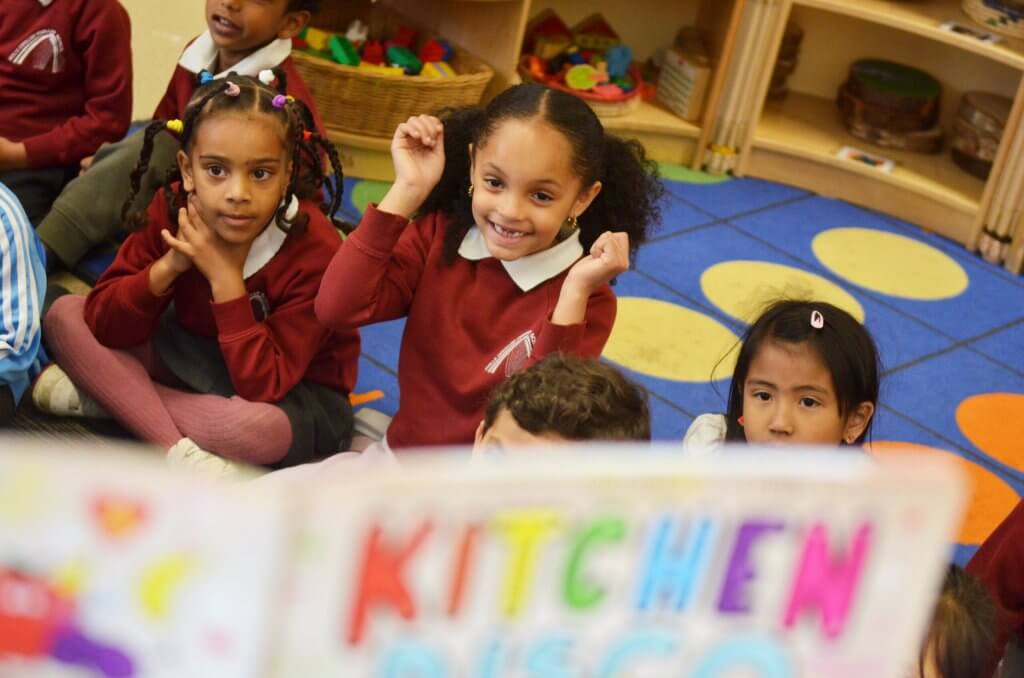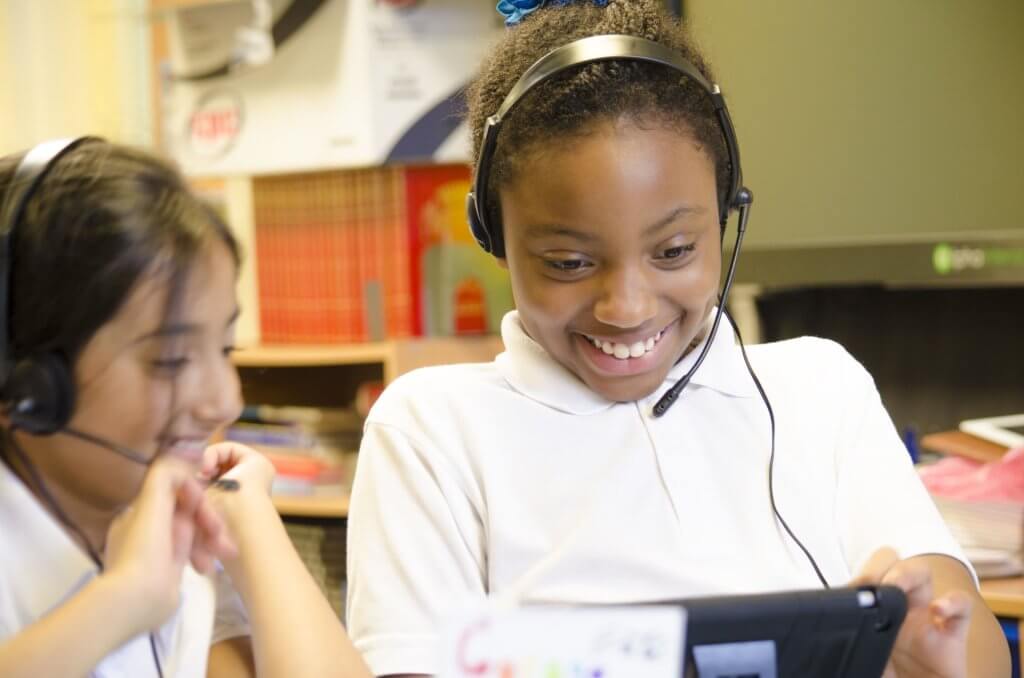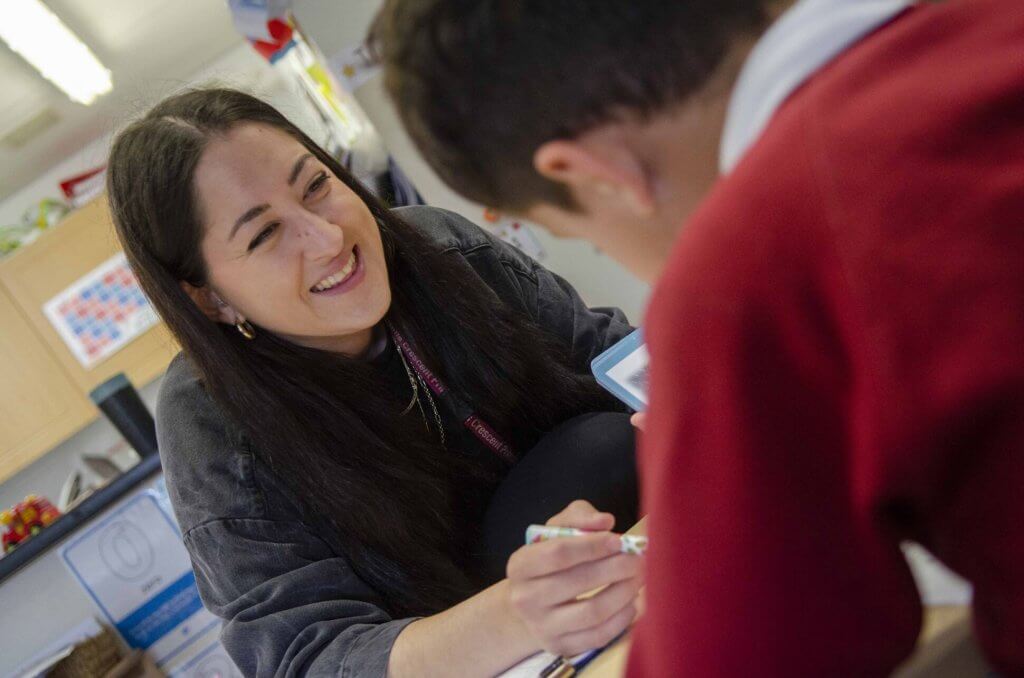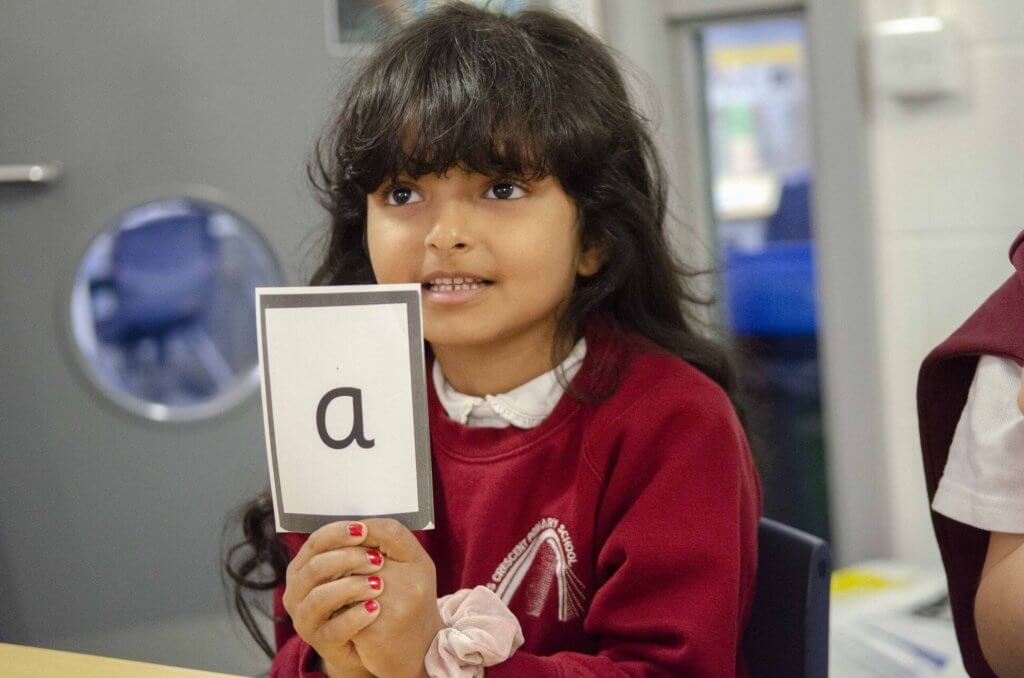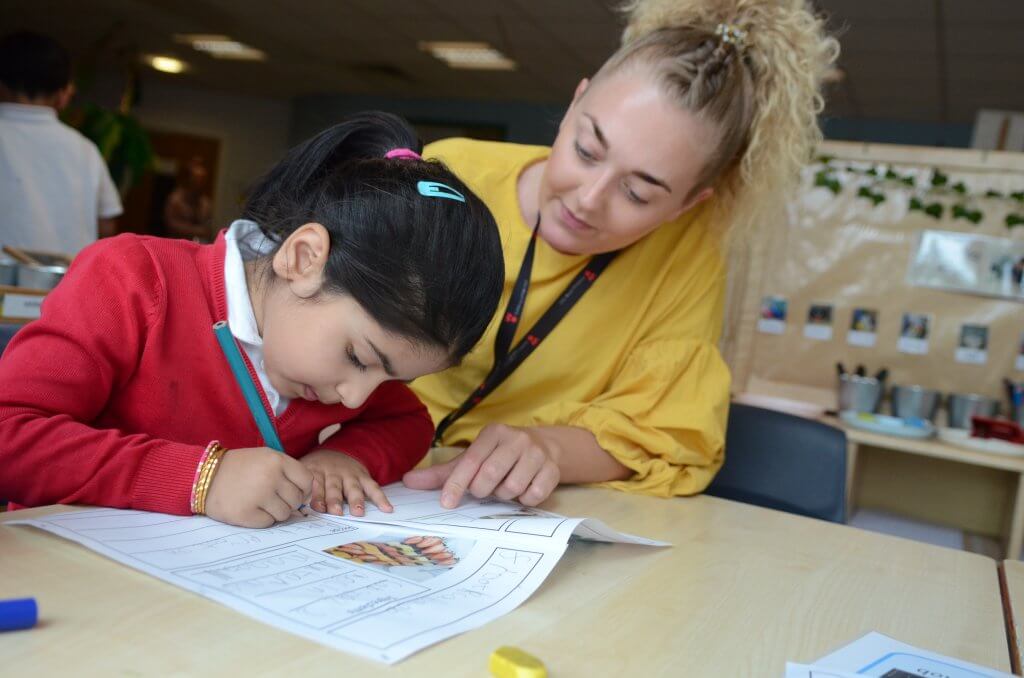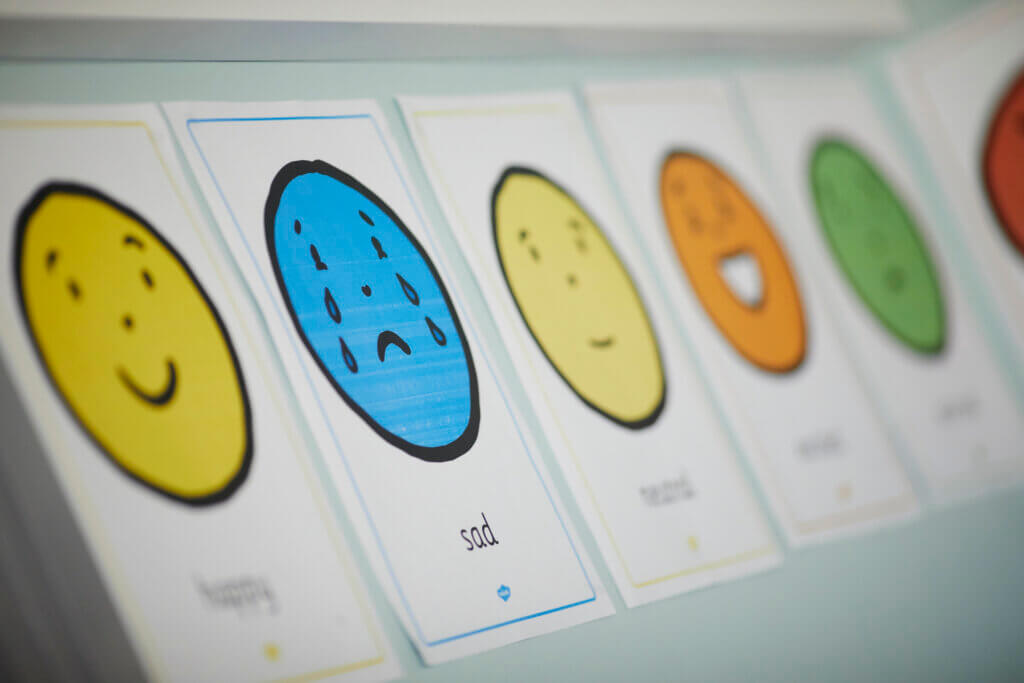Mental Health & Wellbeing is the hot topic at the start of the new school year and increased support may be one of the positives to come from the difficult times we have experienced recently. As someone who has experienced anxiety for most of my adolescent and adult years I welcome this increased focus and will watch with interest.
The recognition that our emotional wellbeing is just as important as our physical, conversations taking place at the highest level and imbedding this in statutory guidance can only have a positive effect on how we support children and young people. Starting with eroding the social stigma associated with mental health difficulties.
With the start of the new academic year this has never been more important – pupils are returning from lockdown, are in bubbles, must social distance and alongside many other changes and tweaks to their school day, there are the very real fears and anxieties that we are all experiencing. With no end in sight we need to be prepared and proactive in our approach to supporting our children and young people’s mental wellbeing.
We know positive mental health as a child provides young people the correct tools, resilience and stable footing to learn, grow and prepare for a healthy adult life. We know that a resilient confident happy child will dream big, achieve much and continue to grow strong.
Where are we now?
Keeping children Safe in Education (2020) has imbedded in statutory guidance and practice the importance of children and young people’s mental wellbeing. Previously, mental health was a sign of possible abuse and we discussed it in terms of the impact of parental mental health on children. Now, it is placed on an equal footing with physical health.
There is a strong link between mental health and safeguarding, and the guidance highlights the important role which education settings have in promoting positive mental wellbeing, educating our children, supporting the development of emotional resilience and enabling those with pre-existing or emerging mental health difficulties to access help and support.
We know that an emerging mental health difficultly may be a sign of ongoing abuse but, we need to know that an existing difficultly may place a child or young person at further risk of abuse and exploitation. We know that children have an increased risk of being drawn into criminal exploitation/County Lines and sexual exploitation where there is an already existing mental health difficulty especially where there is little or no support available.
What can we do?
It is important that we don’t diagnose mental health problems – most of us are not mental health practitioners or medical professionals but we are in a good position to educate, support, observe and support access.
Prevention: A school needs to be a safe encouraging space without stigma. Schools can support the development of resilience and positive mental wellbeing through the curriculum, through open conversations and through the celebration of their diversity.
Identification: Observe pupils and recognise emerging signs and indicators. Do you know who your vulnerable children are? Do you know the pupils with ACEs? Have you checked in with them recently? Have you seen any changes in some of your pupils recently? These are all good questions to ask!
Early Support: Provide access to appropriate internal and external support as soon as a difficulty starts to emerge. Do you know what support is out there? Have you done your research, talked to school health to CAMHS? Does your provision have a Mental Health Lead?
Access: Schools should also ensure that all pupils have quick access such as referrals to specialist external provision – for example CAMHS/ Healthy Young Minds or specific support such as alcohol and drug misuse services.
Where next?
The Link Programme has been developed by the Anna Freud National Centre for Children and Families in co-ordination with the NHS, DFE and Local Clinical Commissioning Groups (CCG). The pilot phase is complete and by 2025 it is expected that the programme will be rolled out in all education provisions starting with compulsory age-appropriate sex, relationship and wellbeing education.
It seeks to enable better relationships and co-ordinating working between education settings and mental health services overseen by local CCG. It aims to simplify access to services for parents, child and families to ensure that support can be accessed as soon as children need it. It also seeks to educate and empower staff to develop the skills, knowledge and confidence to support young people and children.
This will work alongside a roll out of funding for the training of Senior Mental Health Leads between now and 2025.
Where can we start?
Keeping Children Safe in Education, Department for Education (2020)
Mental Health and Behaviour in Schools, DfE (2018)
Working Together to Safeguard Children (2018)
Mental Health of Children and Young People in England, NHS (2017)

